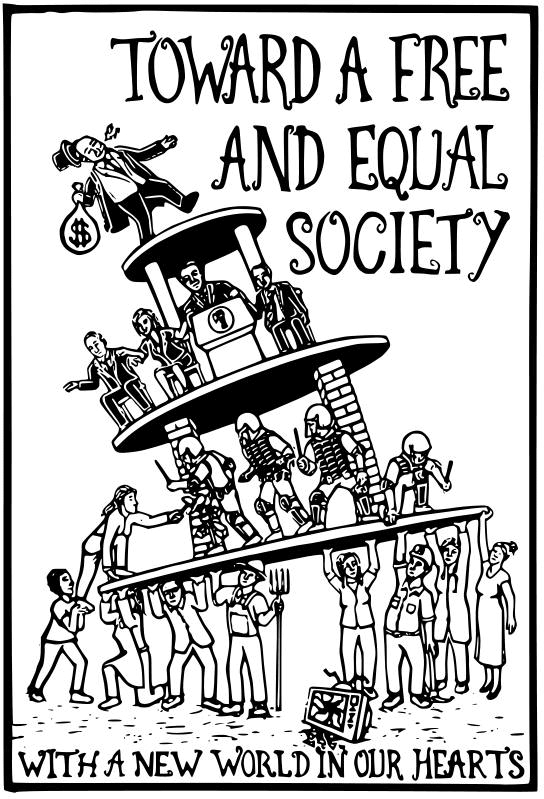Class 7 Civics Notes - Struggles for Equality
Chapter Notes for Class 7, SST (Social and Political Life), Chapter 10 - Struggles for Equality
- The Indian Constitution recognizes all Indians are equal before the law such that no person is discriminated against because of their religion, sex, caste, or whether rich or poor.
- All adults in India have equal rights to vote during elections, and this ‘power over the ballot box’ has been used by people to elect or replace their representatives for many years.
- However, the feeling of equality on the basis of ‘one vote one person’ in reality does not extend to all. Poor people face negligence and these people do not get justice in matters of health, education, etc.
- Domestic helpers, small farmers, and many others are forced to work in hardships due to poverty and shortage of resources.
- People also face inequality on grounds of religion, caste, and gender in India.
Struggles for Equality:
(i) Throughout the world, people are fighting for their rights and equality, trying to end the discrimination which they face.
(ii) Women’s struggle and movements for equality was one such group fighting for equality.
(iii) The Tawa Matsya Sangh in Madhya Pradesh is also an example of people coming together to fight for an issue.
(iv) There are many other struggles such as those of beedi workers, fisherfolk, agricultural laborers, slum dwellers, etc. who have been fighting for equality and justice.

Fig: Struggle for Equality
Tawa Matsya Sangh (TMS):
(i) It is a federation of fisherworker’s cooperatives that fights for the rights of forest dwellers who have been displaced from Satpura forest located in Madhya Pradesh.
(ii) With the beginning of the construction of Tawa Dam in 1958 till its completion in 1978, large parts of the forest and agricultural areas were submerged. Thus, the forest dwellers had to suffer a set back as they earned very little.
(iii) To government gave rights for fishing in the Tawa reservoir but to only private contractors in 1994.
(iv) When the contractors started exploiting the poor villagers, they came together to form a union and set up an organization to protect their rights, which was called Tawa Matsya Sangh.
(v) Rallies and Chakka jam were organized time and again. In response, the government granted fishing, rights to the villagers in 1996.
The Indian Constitution as a Living Document:

Fig: The Indian Constitution
(i) The foundation of all movements for justice and the inspiration for all the poetry and songs on equality is the recognition that all people are equal.
(ii) Movements and struggle for equality in India promote equality.
(iii) Indian constitution is a living document recognizing greater equality on existing and other issues.
(iv) It guarantees dignity, self-respect, and equality, all of which are required in a democracy.
|
63 videos|366 docs|46 tests
|
FAQs on Class 7 Civics Notes - Struggles for Equality
| 1. What is the Struggle for Equality? |  |
| 2. Who were the key figures in the Struggle for Equality in India? |  |
| 3. What were the major challenges faced in the Struggle for Equality? |  |
| 4. How has the Struggle for Equality impacted society? |  |
| 5. What can individuals do to continue the Struggle for Equality? |  |





















